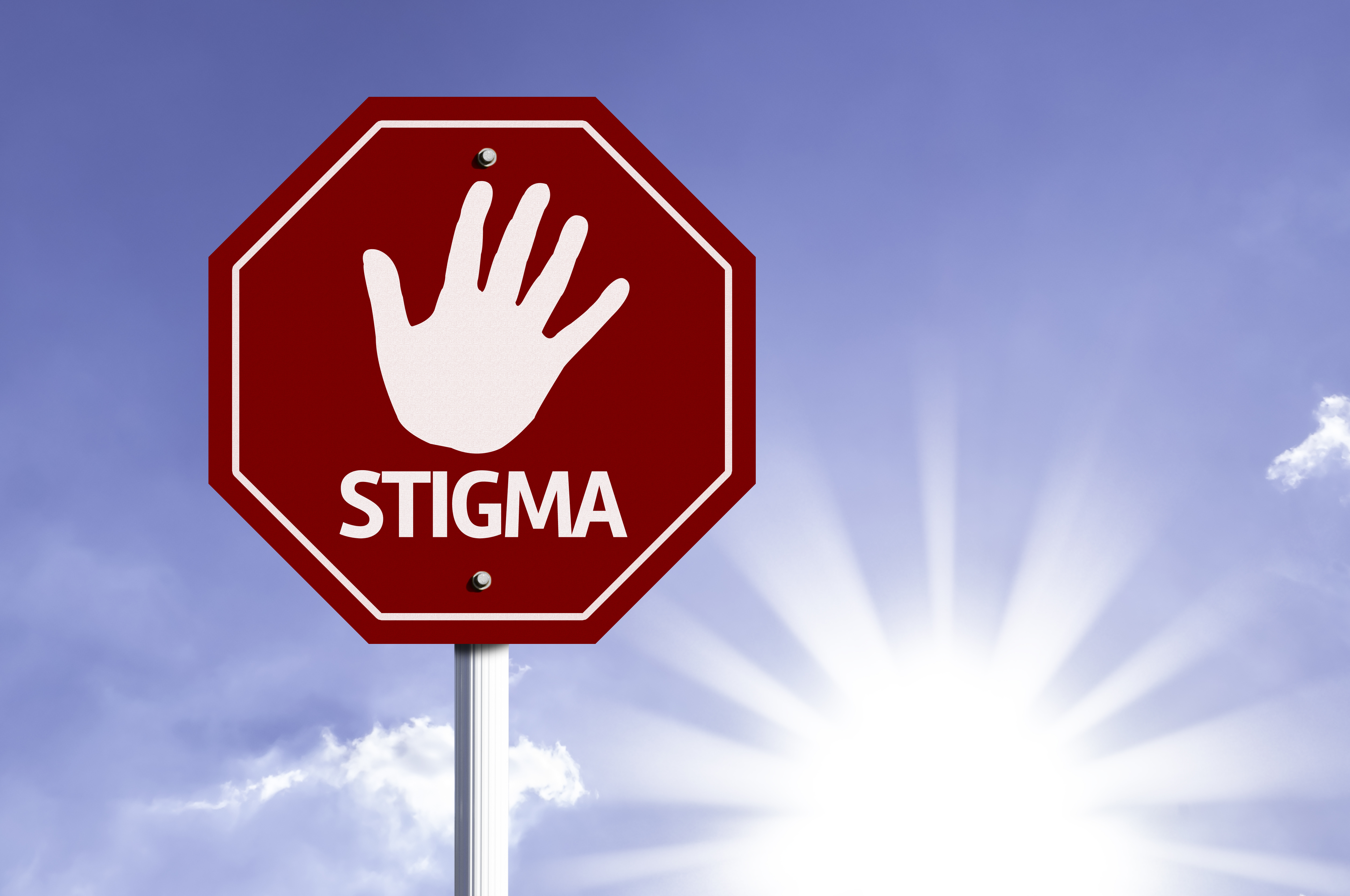Stigma and attitudes towards mental health
What is stigma?
There are three interacting levels of stigma: social, structural, and internalised. Social (public) stigma occurs within a large group, such as members of the general public, who collectively adopt stereotypes about the victims of stigma. Structural stigma refers to the institutional rules, policies, and procedures that restrict the rights and opportunities of particular groups of people. Internalised stigma occurs within an individual, such that a person’s attitude may reinforce a negative self-perception of mental disorders, resulting in reduced sense of self-worth, anticipation of social rejection and often a desire for social distance. For many people with schizophrenia, stigma can be a difficult barrier to successful employment, social interactions, and motivation to access treatment.
Interventions to reduce stigma include mass media programs, contact with patients either in person, by video or imaginary, educational programs, and symptom simulations.
What is the evidence relating to stigma and attitudes towards mental health care?
High quality evidence indicates that professional help for schizophrenia is viewed as being important, with 83-85% of the general population recommending that help should be provided by psychologists or psychiatrists. Psychotherapy is viewed as being more important than medication for schizophrenia, although recommendations for medication are increasing over time. The general public view schizophrenia as a mental illness more frequently than depression or alcohol dependence. People with both alcohol dependence and schizophrenia are considered to be more unpredictable and dangerous than people with depression, with more negative emotion felt towards them, and more social distance desired.
Targeted educational campaigns may reduce fear and exclusion and increase acceptance of people with mental disorders. High quality evidence suggests interventions aimed at reducing personal and public stigma are effective, particularly if they involve an educational component,. However, moderate quality evidence found mass media interventions reduce prejudice but not discrimination. Moderate to high quality evidence found improved attitudes, prejudice, and intentions towards people with schizophrenia following contact, either face to face, virtual, or imaginary.
Moderate to low quality evidence indicates that the public, patients, and their relatives predominantly view psychosocial factors as being the cause of schizophrenia, while clinicians predominantly endorse biogenetic causes. There may be a relationship between psychosocial causal views and positive attitudes towards schizophrenia, while biogenetic causal views may be associated with more negative attitudes. Portrayal of schizophrenia symptoms, rather than diagnostic labels, may endorse beliefs that psychosocial factors cause schizophrenia and that psychological treatments are most appropriate. Conversely, diagnostic labels and not portrayal of symptoms may endorse beliefs about biological causes and preferred antipsychotic treatment.
Moderate to high quality evidence indicates a medium to strong relationship between increased levels of internalised stigma in patients and reduced levels of hope, self-esteem, empowerment, self efficacy, quality of life, social support and treatment adherence. A medium to strong relationship is apparent between increased internalised stigma and higher levels of symptom severity. There is a relationship between fewer pathways to care for patients and their sense of being different or not normal and characterising this difference negatively. Anticipating and experiencing negative reactions from self or others, employing strategies to avoid these negative reactions such as nondisclosure of symptoms, lack of awareness and understanding of mental illness, and having a negative opinion of services also reduce pathways to care.
Service-related stigma is a reason for opposing psychiatric treatment, and shame is the reason given most often for nondisclosure of symptoms. Care-givers’ concern that loved ones experiencing first-episode psychosis could be labelled as ‘mad’ is a frequent reason for relatives not contacting psychiatric services
May 2020
Fact Sheet Technical Commentary
Green - Topic summary is available.
Orange - Topic summary is being compiled.
Red - Topic summary has no current systematic review available.
